“Take AK-47, tie barrel to tractor, tie stock to other tractor. Stretch gun, make RPK machine gun!” – some Soviet firearms designer (probably.)
We joke and kid around but let’s be real. If you ever look at an RPK, you’d assume it’s just a big AK. You wouldn’t be wrong with that assumption. The RPK utilizes an identical long-stroke gas piston system, the same ergonomics, controls, magazines, and more as the AK. So, why does the big RPK exist?
Why the RPK?
In 1961 the Soviets wanted to update their fire support weaponry. They’d been using the RPD light machine gun, which was a belt-fed light machine gun firing the 7.62x39mm round. It had served beside the AK series of rifles and worked as a Squad Automatic Weapon well before the United States ever dreamed up the idea.
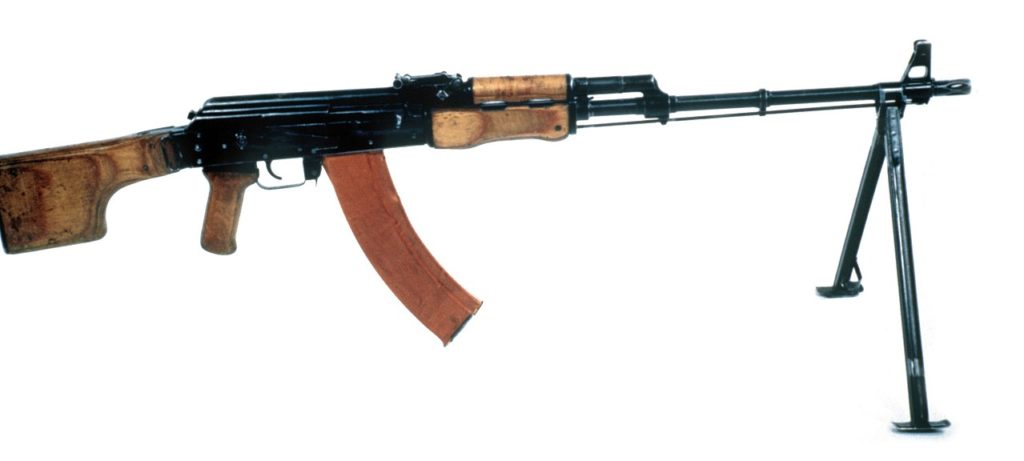
The RPD worked well but was somewhat complicated and expensive to produce. The RPD was also heavy at 16 pounds and some change. The Soviets wanted a simpler, lighter weapon that could simplify logistics, and standardizing on one platform offered a big logistical advantage.
So, in their quest to simplify and standardize their weaponry, the RPK was the solution. Because the RPK was basically a bigger AKM, the Soviets could build it for a few fewer rules. Additionally, the RPK didn’t require any specialized training to use. If a Soviet soldier could use an AKM, they could use an RPK.
It used the same non-linked ammunition and could use any standardized AK magazines. The RPK did have drums and extended 40-round magazines but could easily use 30-round magazines if necessary.
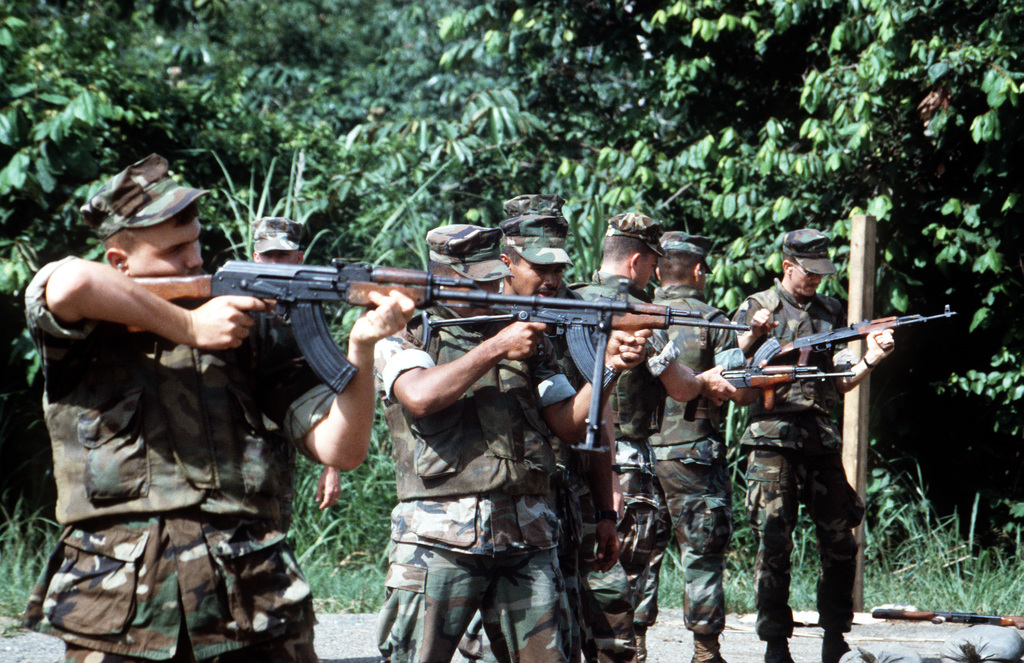
The RPD came well before the American SAW, and the RPK might be considered the first infantry automatic rifle. The Marine Corps went searching for an infantry automatic rifle in the mid-2000s to replace the SAW. The Soviets had already identified the benefits of such a design in 1961.
The RPK Infantry Automatic Rifle
Automatic rifles weren’t a new concept, but the RPK represented a modern option, especially for the time. As you’d imagine, the gun lacks a quick change barrel and isn’t designed to sustain the same fire a belt-fed would spit out. The RPK utilized a longer 23.2-inch barrel that is considerably heavier than an AKM barrel.
The barrel is held in place by a reinforced trunnion to protect it from the increased heat. Further, an AKM receiver is one mm thick, but the RPK packs a heavier 1.5mm receiver. This again helps with heat and adds some rigidity to the design.
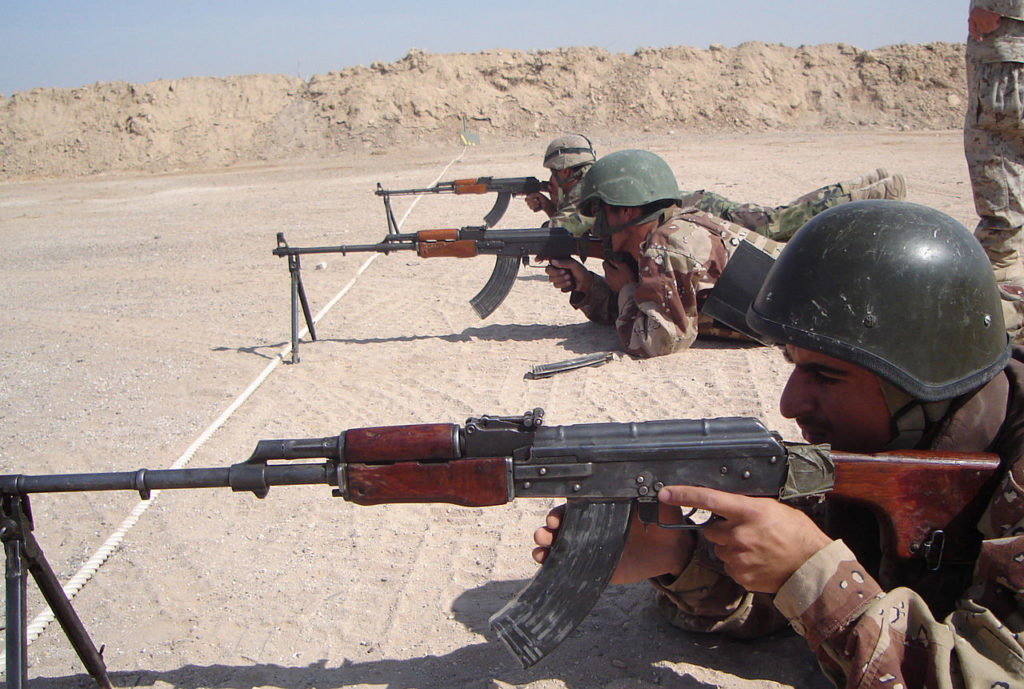
Beneath the barrel sits a hefty pair of bipods for the wielder to rest the gun in place and provide supportive fire for an infantry movement.
A weight of 10 pounds makes it a heavy rifle, but the user could still shoulder the design with relative ease and blast away when they couldn’t set bipods down.
As a former machine gunner, I will say bipods allow for accurate fire and should be used whenever possible. However, the real world might not allow for the use of bipods. Firing a heavy belt-fed weapon from the shoulder can work but isn’t easy and doesn’t add much to accuracy.
On the other hand, a light automatic rifle like the RPK is easier to handle. It has a slightly longer receiver than an AK, and this reduced the firing rate to less than 600 rounds per minute. A slower firing rate preserved ammunition and would keep the barrel from melting all over itself.
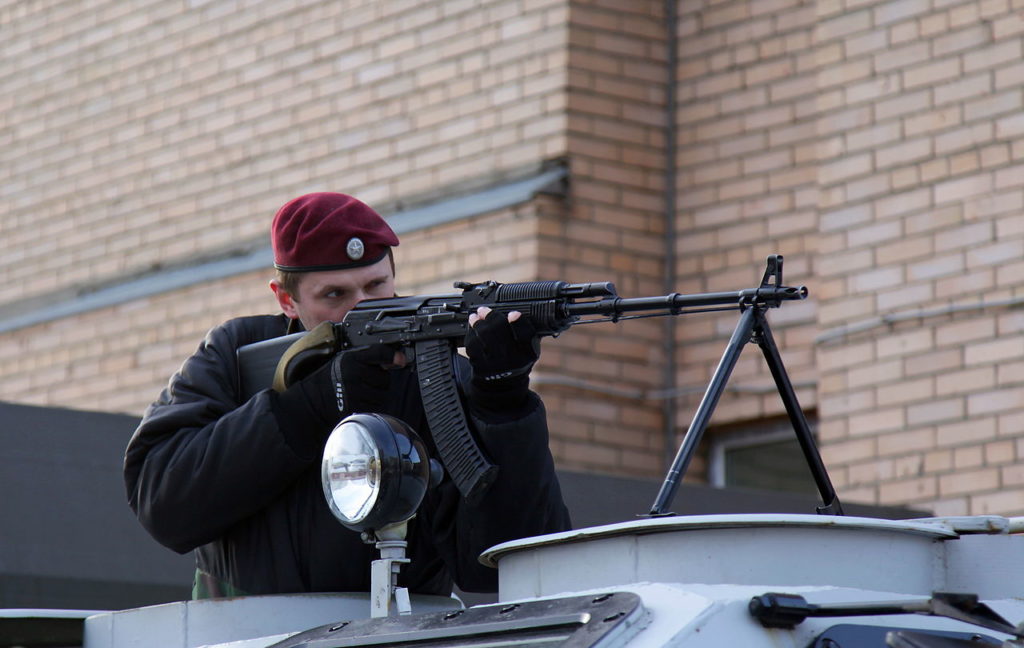
Notably, the stock is the famed club-foot design. This allows the gunner to grip it and pull it tight to the shoulder to help stabilize it when firing fully automatic and utilizing bipods. You’ll see this on a variety of machine guns to this day, including the M240B.
Time Marches On
The Soviets have retained the RPK since its initial design in the 1960s. It would go on to become the RPK-74, when the AK-74 was adopted, and now the RPK-74M light machine gun. The most modern equivalent is the RPK-16, which is much like the AK-12. It’s incredibly modular, utilizes the 5.45x39mm, feeds from an optional 95-round drum, and comes with a slightly shorter barrel, collapsing stock, rails, and set optics.
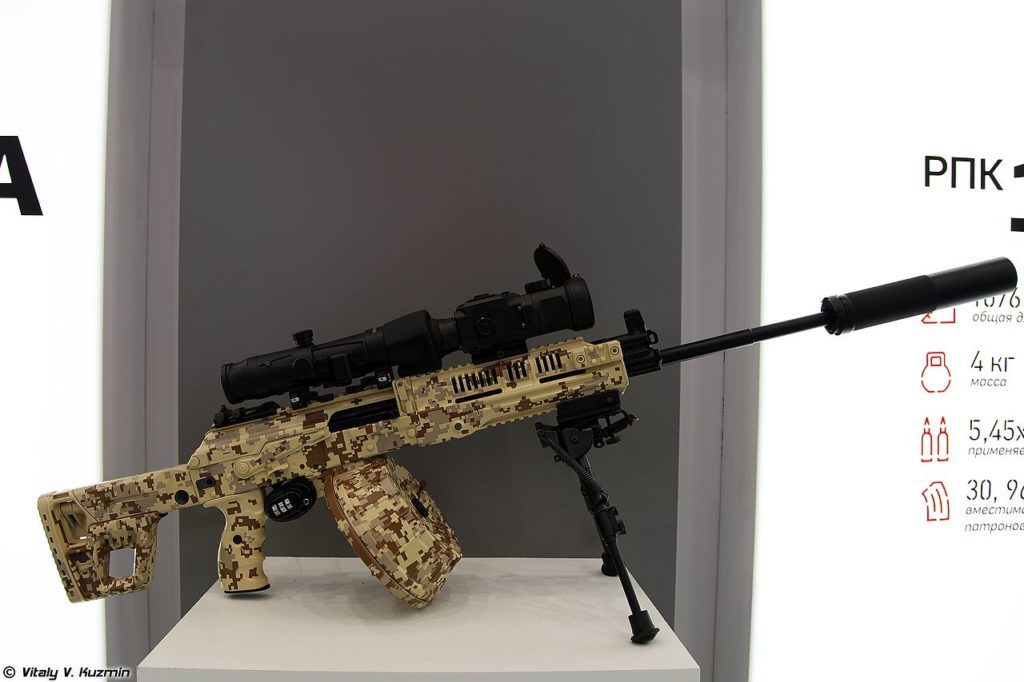
That being said, it appears that the latest squad support weapon might be a belt-fed in the form of the RPL-20. However, it’s unlikely that the gun will be ditched anytime soon. It still fills a rather nice gap between the AK series and belt-fed weapons. Lighter, more modular weapons are seemingly the future of small arms design, and the latest addition shows that to its core.
The RPK was one more example of the forward-thinking Soviet arms designers during the Cold War.










COMMENTS
You must become a subscriber or login to view or post comments on this article.